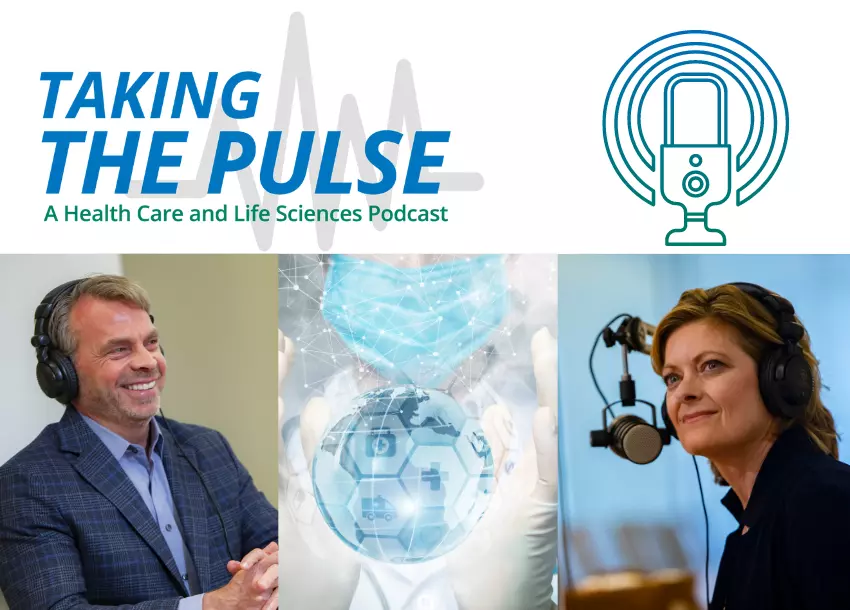New Bill Would Require National PFAS Standards Within Two Years
On April 13, House lawmakers on Capitol Hill introduced the PFAS Action Act of 2021, a bill that would require the EPA to institute a federal drinking water standard for two specific PFAS compounds.
PFAS, an acronym for per-and poly-fluoroalkyl substances, is the catchall name for a family of chemical compounds used extensively in numerous industries since the 1940s. PFAS comprises thousands of individual chemical compounds that have been used in cookware and other nonstick products, stain repellents, fire suppressant foam, food packaging, and various other products. Because of its decades of use and widespread applications, and because the chemical family is highly persistent in the environment and in the human body, PFAS chemicals are frequently referred to generically as “forever chemicals.” While the health effects of PFAS are still being studied, there is widespread concern over their prevalence in drinking water in the U.S.
The Biden Administration was widely expected to push for a federal standard on PFAS in President Biden’s first term, and the EPA had already taken preliminary actions to begin the process of regulating certain PFAS chemicals. The PFAS Action Act, if passed by Congress, would simply tighten the timeline for specific outcomes. The Act would require standards for the two most commonly used PFAS compounds – PFOA and PFOS – to be implemented within two years. PFOA and PFOS are currently subject to an EPA lifetime health advisory of 70 parts per trillion (ppt).
Many experts consider the health advisory level to be far too high to be protective of human health, with some suggesting the level should be as low as five or even one part per trillion. This would present huge challenges to treatment facilities and laboratories that typically deal with contaminant limits in the parts per million or sometimes billions. To provide some perspective, imagine you had a stack of one trillion quarters – a stack roughly 1.75 million kilometers in height that would reach 4.5 times the distance of the earth to the moon. The technological challenge of a 1 ppt limit would be detecting the single quarter in that stack that is contaminated with PFAS. Currently, few technologies have demonstrated cost-effective treatment of PFAS at public water system scale without creating additional difficulties in disposing of the treatment-related wastes.
Regardless of the fate of this legislation, federal PFAS regulation is likely coming in the near term. The cost of compliance is likely to be higher than many small water systems can absorb. Time will tell if Congress will offer any solutions along with their coming mandate.
About Maynard Nexsen
Maynard Nexsen is a full-service law firm of nearly 600 attorneys in 31 locations from coast to coast across the United States. Maynard Nexsen was formed in 2023 when two successful, client-centered firms combined to create a powerful national team. Maynard Nexsen’s list of clients spans a wide range of industry sectors and includes both public and private companies.








